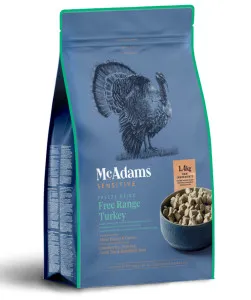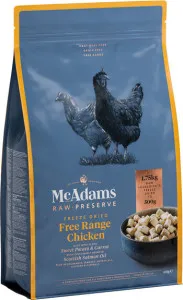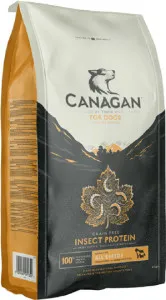How Often Should You Feed Your Pet?
Most adult dogs and cats should be fed twice a day , while puppies, kittens, and some small breeds may need three or more meals. The exact feeding schedule depends on your pet’s age, size, breed, and health. Keep reading to learn the best feeding frequency for your furry friend.
Why Feeding Frequency Matters
Feeding your pet the right amount at the right times helps maintain their energy, digestion, and overall health. Overfeeding can lead to obesity, while underfeeding may cause malnutrition. A consistent schedule also prevents begging and keeps your pet happy.
Key Benefits of a Proper Feeding Schedule:
- Better digestion – Smaller, regular meals prevent bloating and stomach issues.
- Weight management – Helps avoid obesity or unhealthy weight loss.
- Stable energy levels – Prevents energy crashes between meals.
- Fewer behavioral issues – Reduces food aggression and scavenging.
- 3-4 meals per day – Their small stomachs need frequent, small portions.
- High-quality puppy food supports growth and development.
- 2 meals per day – Morning and evening feedings work best.
- Large breeds may benefit from slow feeders to prevent bloat.
- 2 smaller meals – Helps with digestion and metabolism changes.
- Consider senior-formulated food for joint and organ health.
- 4-6 small meals per day – They burn energy quickly.
- Wet food helps with hydration and growth.
- 2-3 meals per day – Scheduled feedings prevent overeating.
- Free-feeding dry food can lead to obesity in some cats.
- 2-3 smaller meals – Supports aging kidneys and digestion.
- Wet food is ideal for hydration and dental health.
- Breed: Small breeds (like Chihuahuas) may need more frequent meals than larger dogs.
- Activity level: Highly active pets burn more calories and may need extra portions.
- Health conditions: Diabetes, kidney disease, or allergies may require special feeding plans.
- Type of food: Wet food digests faster than dry kibble.
- Overfeeding signs: Weight gain, lethargy, or refusing meals.
- Underfeeding signs: Constant hunger, weight loss, or low energy.
- Always measure portions to avoid overfeeding.
- Stick to a consistent schedule to regulate digestion.
- Provide fresh water at all times.
- Monitor weight and adjust portions as needed.
How Often Should You Feed a Dog?
Dogs thrive on routine, so sticking to a consistent schedule is key. Here’s a general guideline based on age and size:
Puppies (Under 6 Months)
Adult Dogs (6 Months to 7 Years)
Senior Dogs (7+ Years)
How Often Should You Feed a Cat?
Cats have different nutritional needs than dogs. Some prefer grazing, while others do well on scheduled meals.
Recommended Products

McAdams Freeze Dried Free Range Turkey is an excellent choice for how often should you feed your pet?. This dog food contains Boneless Free Range Turkey 86.5% and other high-quality ingredients that promote overall health.

McAdams Freeze Dried Free Range Chicken is an excellent choice for how often should you feed your pet?. This dog food contains Boneless Free Range Chicken 86% and other high-quality ingredients that promote overall health.

Canagan Insect is an excellent choice for how often should you feed your pet?. This dog food contains Freshly Prepared Insects (27%)* and other high-quality ingredients that promote overall health.
Kittens (Under 6 Months)
Adult Cats (1-7 Years)
Senior Cats (7+ Years)
Factors That Affect Feeding Frequency
Not all pets fit into a one-size-fits-all schedule. Consider these factors when planning meals:
Signs You’re Feeding Too Much or Too Little
Adjust your pet’s feeding schedule if you notice:
If you’re unsure, consult your vet or use our Pet Food Analyzer to find the perfect portion.
Final Tips for a Healthy Feeding Routine
Every pet is unique, so observe their habits and adjust accordingly. For personalized recommendations, check out our Pet Food Analyzer to ensure your furry friend gets the perfect diet!
